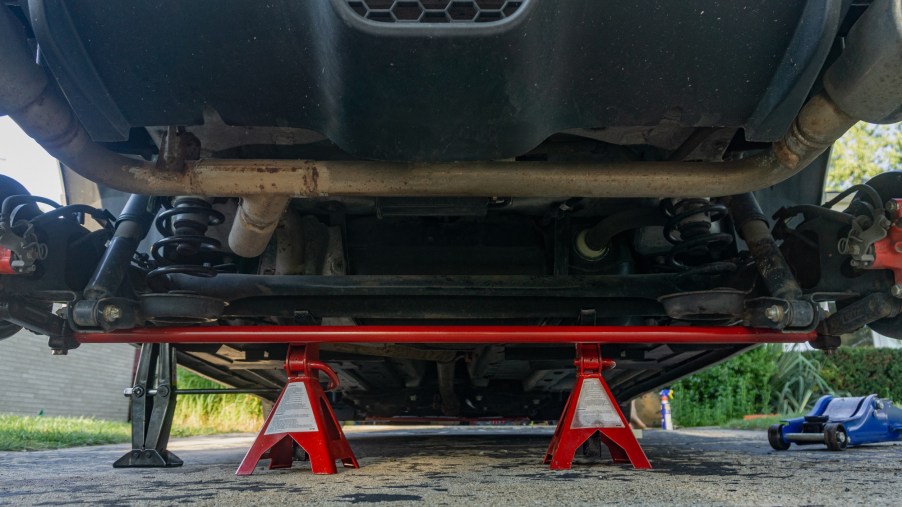
Mighty Easy Car Mods: A Stiffer Torsion Bar Transformed My Abarth
Stiffer rear torsion bar on a Fiat 500 Abarth guide and review highlights:
- The distinctive feature of the eponymous semi-independent suspension setup, the torsion bar connects opposite suspension arms and absorbs impacts by twisting
- Besides its reasonable price and straightforward installation procedure, a stiffer rear torsion bar can improve your car’s handling by limiting excess motion
- Upgrading the bar on my 500 Abarth eliminated body roll and understeer, turning it into a grin-inducingly neutral-handling hot hatch
Whether cheap or expensive, most modifications come with compromises. Yeah, your mods might make your car faster, sharper, or cooler-looking, but they can also ruin it for daily-driver duties. Some mods, though, do the opposite. They don’t just enhance what’s already there but rather correct a flaw that holds the car back. And that’s exactly what installing a stiffer rear torsion bar did for my Fiat 500 Abarth.
What does a torsion bar do?
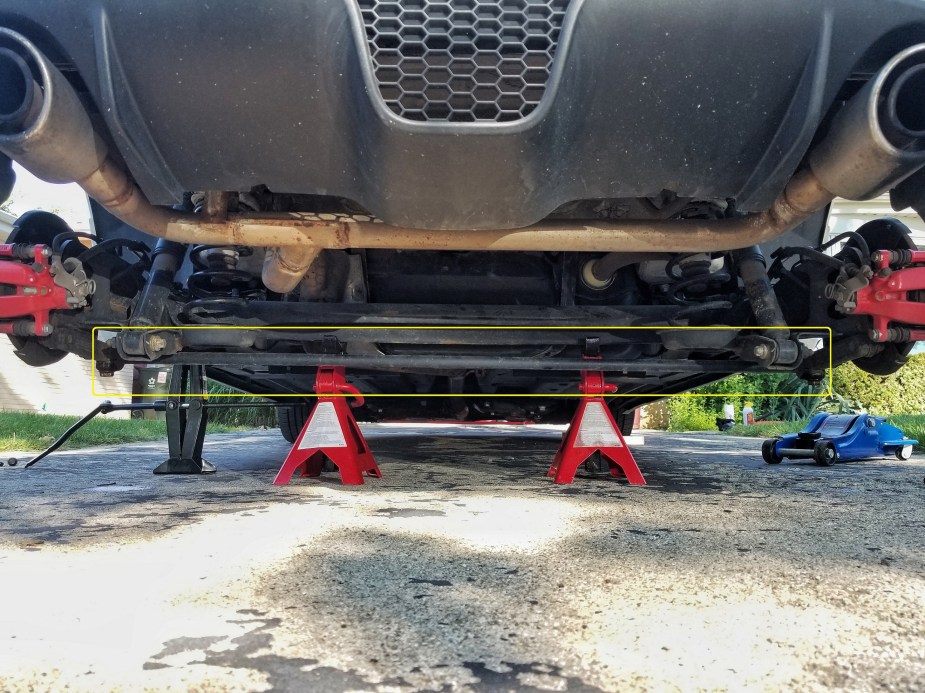
If you’re staring at the term ‘torsion bar’ and thinking about sway bars, don’t worry, it’s a common misconception. Apart from both being bars, they’re both important parts of a car’s suspension. Also, on a basic level, they work in the same ways. However, they’re not the same thing. And while sway bars enhance a car’s suspension, torsion bars are integral parts of it.
Most modern vehicles feature some form of independent suspension, i.e., suspension that lets the wheels along an axle move independently. Torsion bar aka torsion beam suspension aka twist axles technically falls into this category, but only partially. Hence why many engineers and designers call it semi-independent suspension, CarBibles explains. And while it has some drawbacks, there are genuine benefits to using this style of suspension, particularly on affordable performance cars.
This setup features two trailing arms linked by a beam. The arms allow for independent wheel motion, while the beam, which is the eponymous torsion bar, limits side-to-side motion and supports the arms. However, when the car goes over a bump, the bar acts like a metal spring, twisting to absorb the impact. As such, the torsion bar is kind of like an integrated sway bar, but with extra duties.
Because torsion bar setups are relatively simple, they’re not as easy to tune as fully-independent ones. They also don’t handle quite as well, hence the uproar over the Mazda3’s recent shift from independent rear suspension to torsion bars. However, these setups are also cheaper to manufacture and take up less space. Hence why you’ll usually find them in the back of modern ‘economy cars.’ And because of that, they’re also common sights on hot hatches.
But as the Fiesta ST showed, torsion beam suspension can rival a ‘true’ independent setup. And one of the simplest ways to boost its performance is with a stiffer aftermarket torsion bar.
What is a stiffer torsion bar supposed to do?
As noted earlier, torsion bars twist to absorb bumps and impacts. But too much twisting throws off the suspension geometry and tire grip, thus spoiling your handling. Stiffer springs and shocks can help, but only so much, and they have their own issues. Really, what you need to do is bolster the suspension itself.
With fully-independent suspension, the typical solution is something like a strut-tower brace. But that’s not an option for a car like my 500 Abarth, which doesn’t have rear strut towers to brace. However, a stiffer torsion bar for the rear suspension does basically the same thing. Namely, it resists twisting forces, i.e., torsion better.
In theory, this reduces body roll by limiting how much the movement of one wheel influences the other’s motion. Furthermore, it should also stiffen the rear end, making it more stable and planted. That does mean it’ll be more sensitive to bumps and imperfections, but not necessarily as much as if you stiffened the shocks.
How much does an aftermarket bar cost?
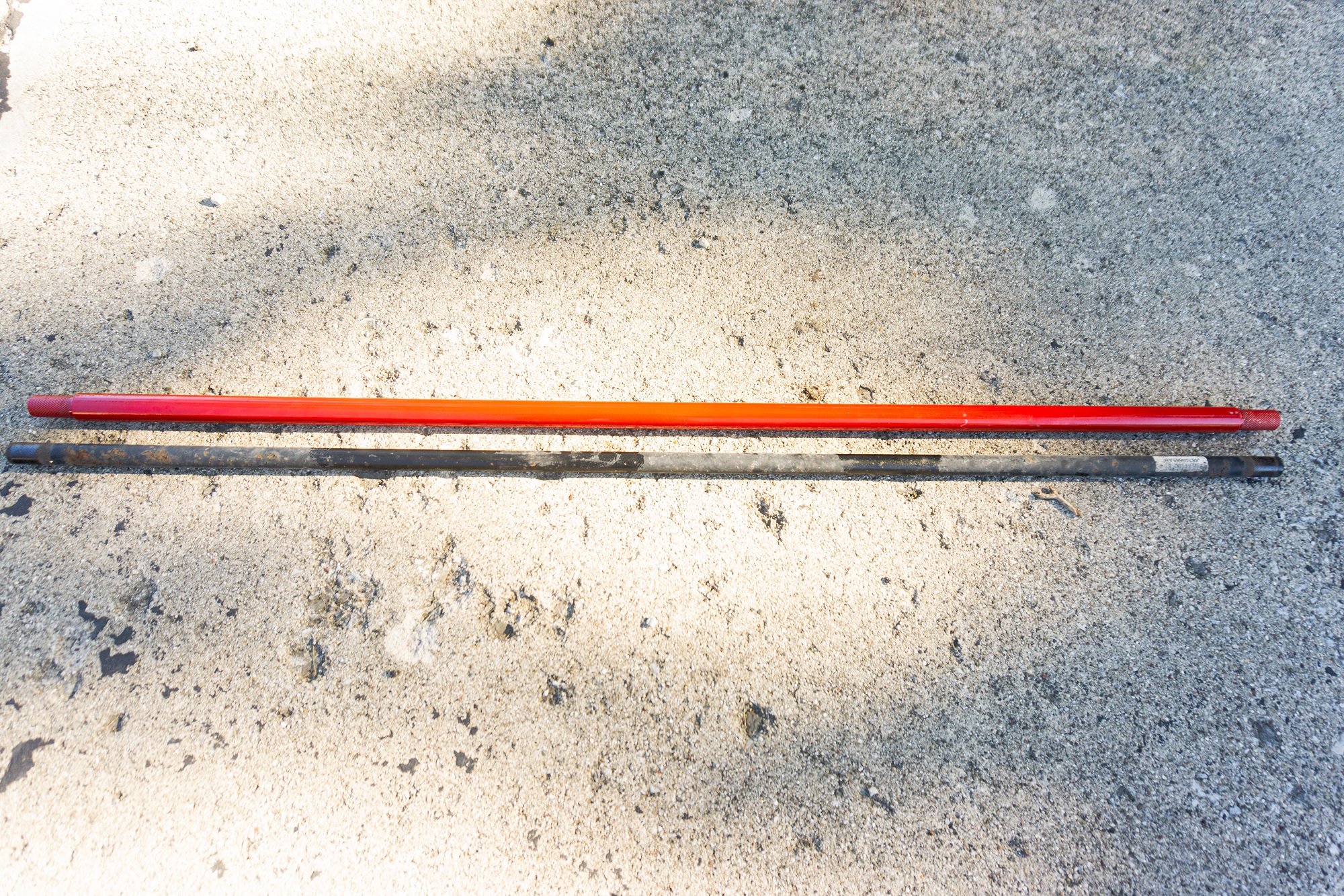
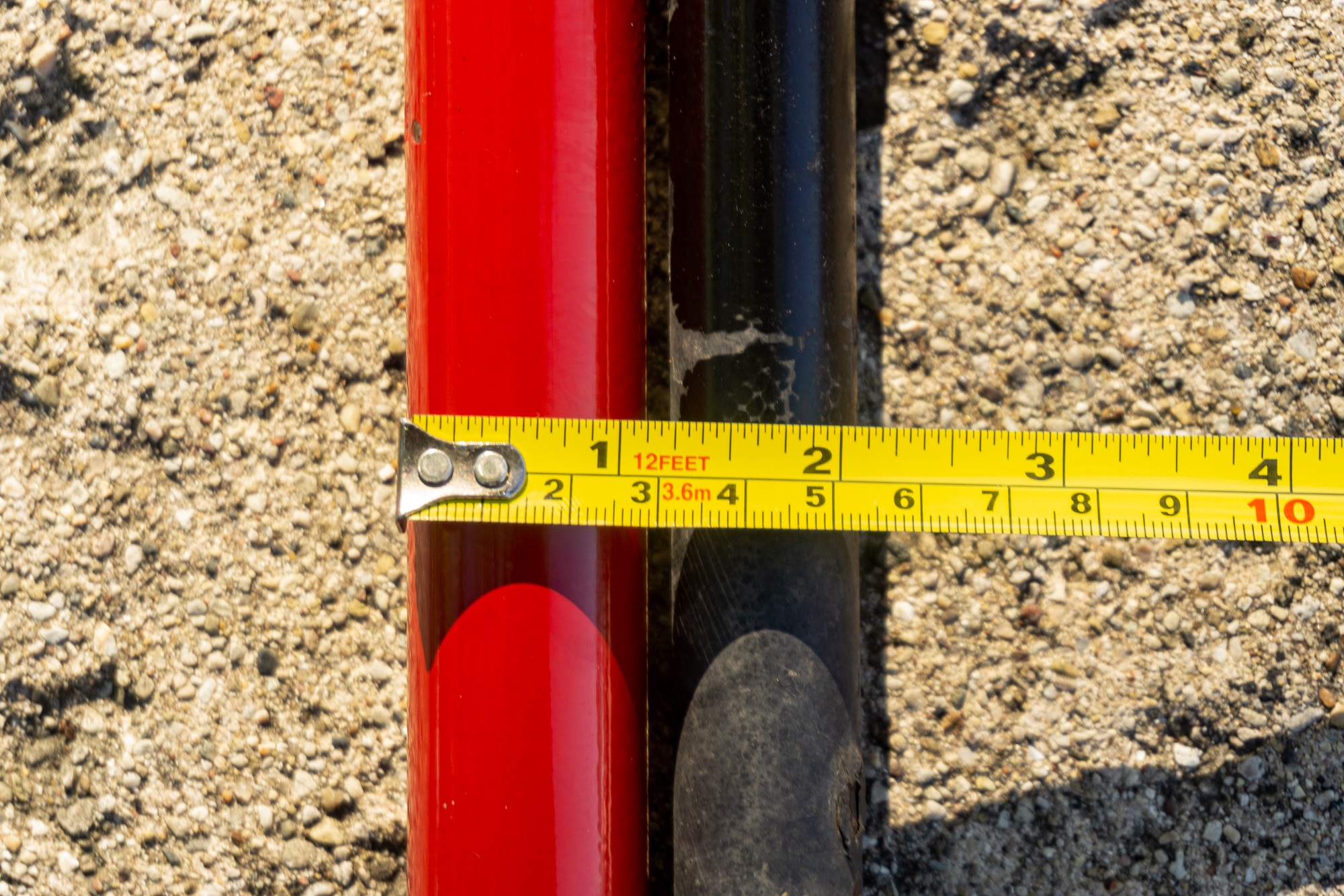
As with other car mods, stiffer torsion bars vary based on material as well as make and model. But they usually cost less than some good performance tires.
For example, the 28mm Neu-F bar I bought for my 500 Abarth cost me $190 before shipping and taxes. That’s roughly in the middle of what aftermarket bars typically cost. An upgraded Fiesta ST bar, for instance, can cost as little as $100. On the other hand, stiffer bars for some VW and Audi products can cost around $270.
How do you install one on your car?
Besides being affordable car mods, stiffer torsion bars are also simple to install. However, although the installation process is straightforward, it requires some muscle power. Don’t be surprised if you’re sweaty by the end.
You can make it easier on yourself with a few power tools. But you can get by just fine with the usual assortment of DIY mechanic hand tools:
- Floor jack
- Jack stands
- Torque wrench
- Socket wrench and sockets
- Lug wrench
- Ratcheting wrench
- Breaker bar
- Rubber and metal hammers
Depending on your car, you might need threadlocker for some of the bolts or screws. Also, after dealing with one too many frozen lug nuts and bolts, I brought along some penetrating oil and a blowtorch. In addition, check the torque specs on the bolts for your torsion bar’s brackets. My Abarth’s specs were high enough that I had to rent a different torque wrench.
Once you have your tools assembled, securely raise the car in the air and remove the wheels. Next, locate the torsion bar and its brackets. First, remove the bolts that clamp the brackets around the bar, then un-screw the driver’s side bracket. Take note, my Abarth’s bracket was attached by Torx bolts with threadlocker. Regardless, at this point, you can toss the old bar out and install the new stiffer one.
This is where the muscle power comes in. Because the new bar is likely wider than the old one, you’ll have to squeeze, twist, push, and hammer it into place. Once that’s done, replace the bracket and torque the bolts to the appropriate spec. Again, you’ll need to put your back (and arms) into it. After that, put the wheels back on, lower the car, and you’re done.
Putting a stiffer rear torsion bar on my 500 Abarth is one of the best car mods I’ve ever done
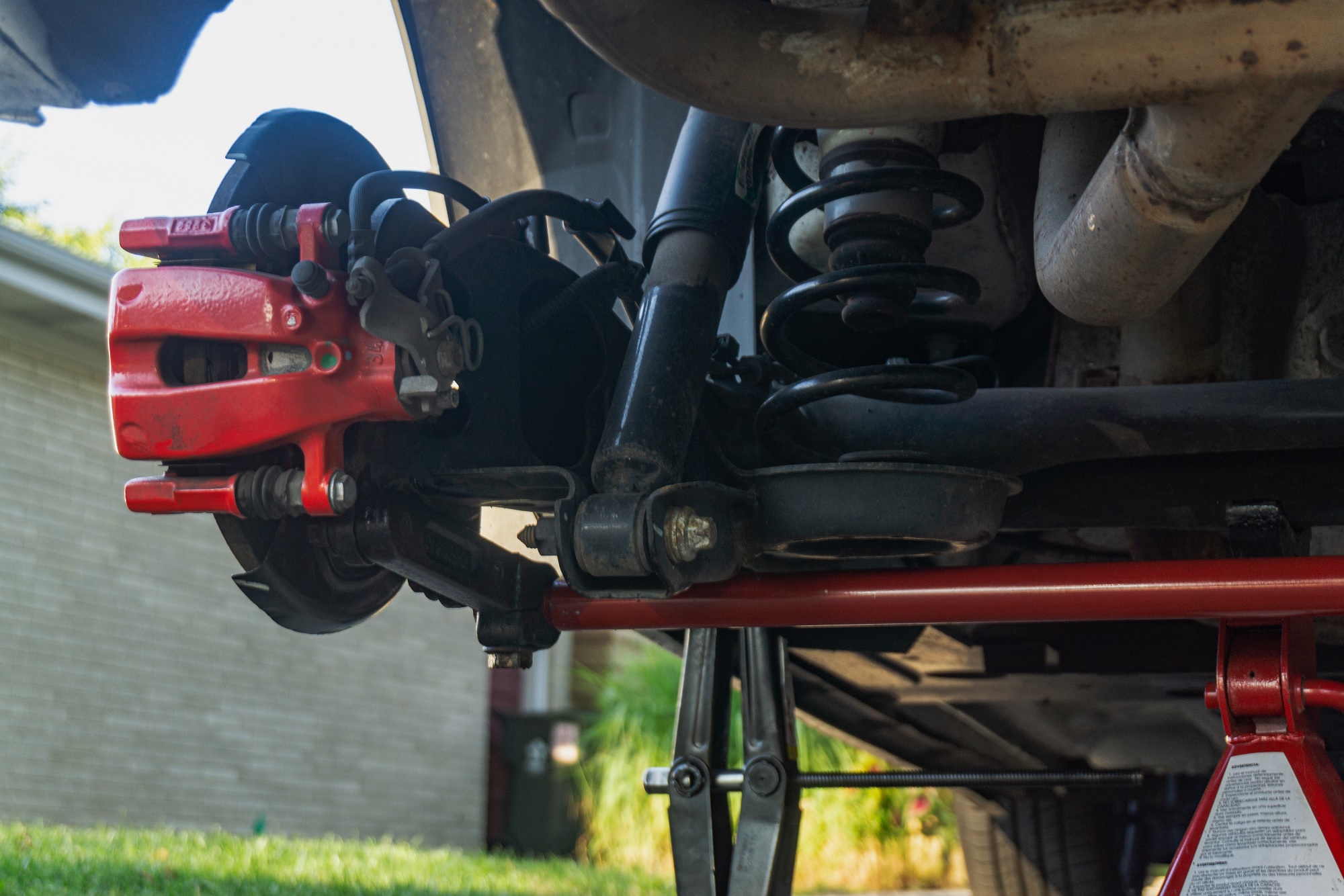
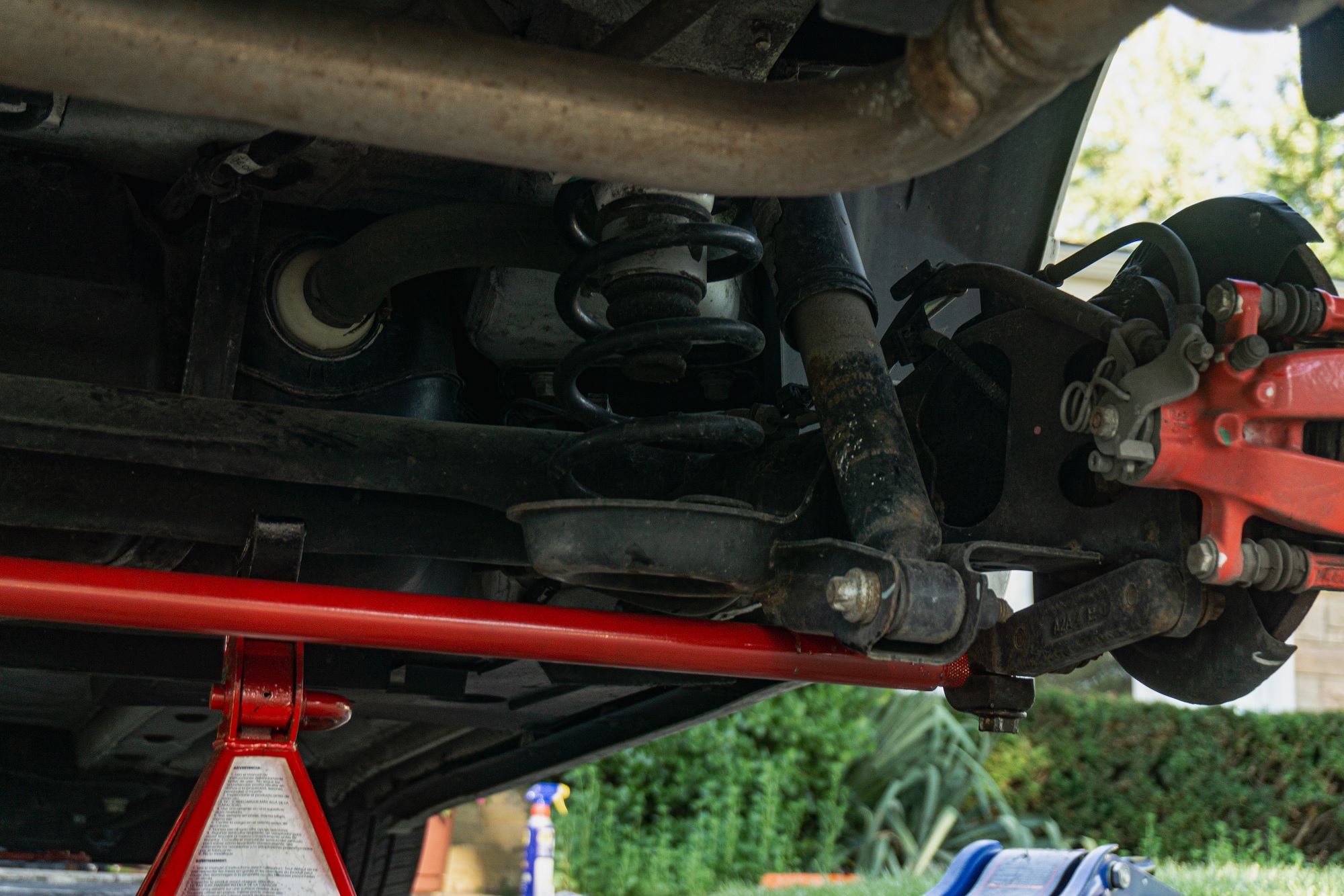
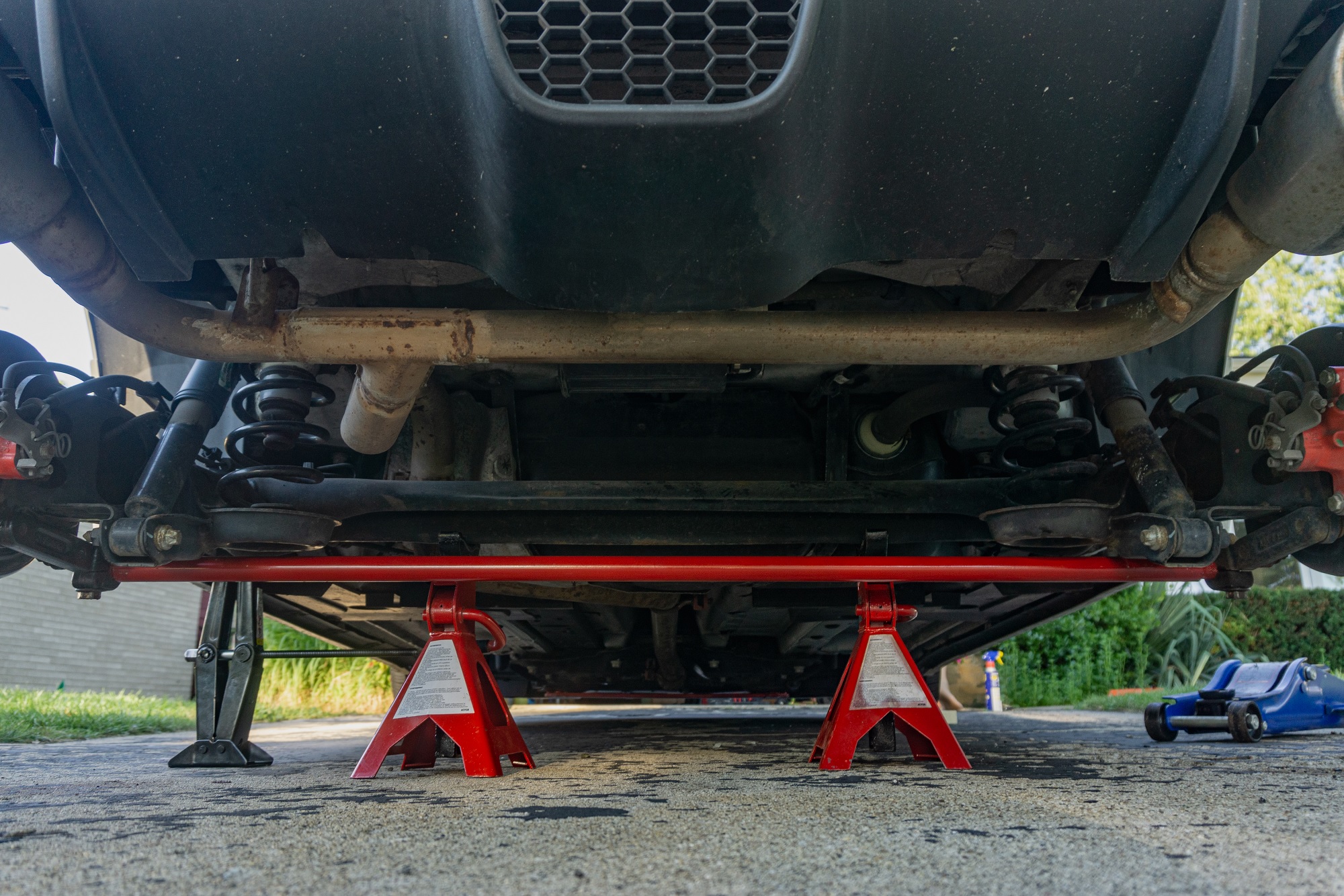
From start to finish, it took me about 2.5 hours to give my Abarth a stiffer rear torsion bar. And yes, I did end up using the oil and blowtorch. But the result was worth every last drop of sweat.
For context, I installed the bar after already installing a stiffer lower subframe brace and side braces. Both of those mods did improve my car’s handling to an extent because they stiffened up the chassis. The Neu-F torsion bar, though, is a full-on suspension modification. And I’m kicking myself that I didn’t install it on day one.
Body roll? Virtually gone. Now, the Abarth darts flat into corners and reacts faster to steering inputs. It’s not twitchy, it’s just nimbler. Also, I can confirm that the bar does make the rear end feel tighter and more stable. There’s also more feedback through the brake pedal, which I didn’t expect.
But the biggest difference is in the understeer—namely, there’s none. I never realized how much I was fighting the front end until I no longer needed to. Instead of a nose-heavy machine, the Abarth is now brilliantly neutral, turning into corners far sharper than it did before. And rather than braking to set it up for a corner, I can adjust the line on the fly with the throttle. This is still a front-wheel-drive car, but it behaves far more like a rear-wheel-drive one.
Downsides? It reacts a bit more to larger bumps and holes. But that’s a small price to pay. This simple mod genuinely changed my car for the better. And I wholeheartedly recommend it to anyone who wants to do the same.
Follow more updates from MotorBiscuit on our Facebook page.


